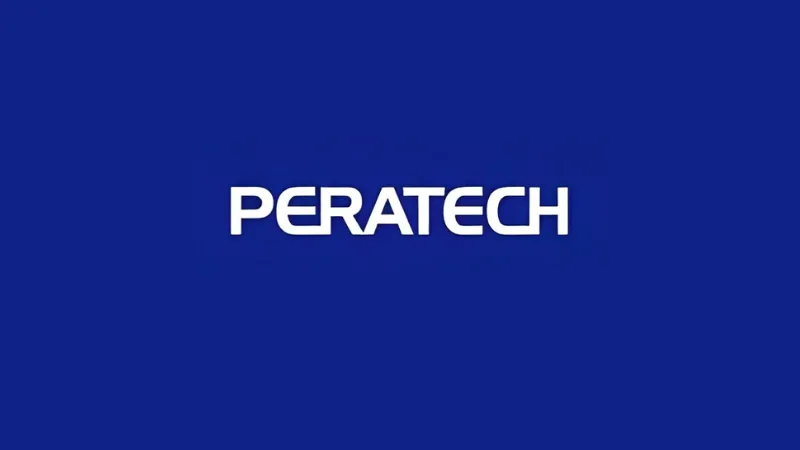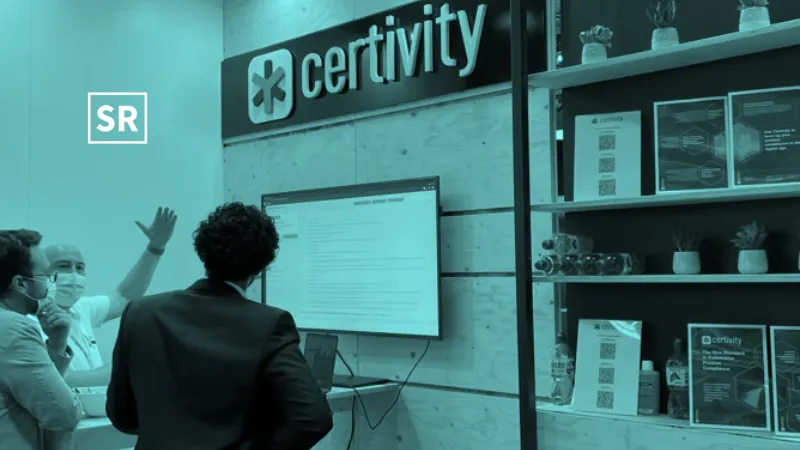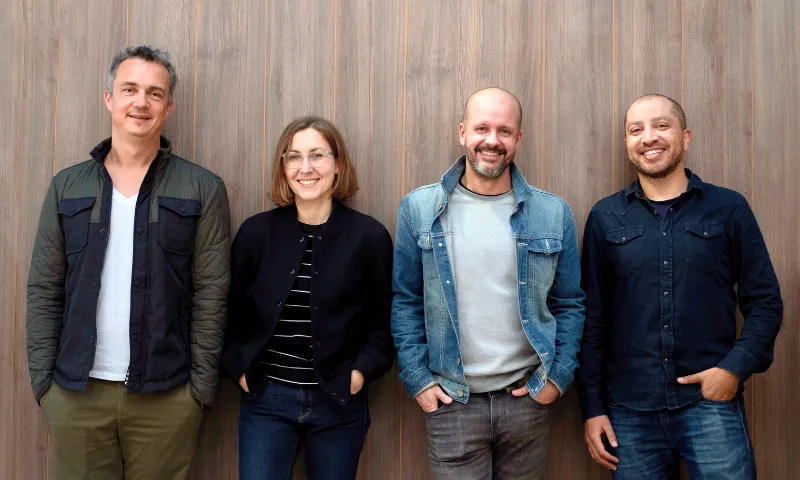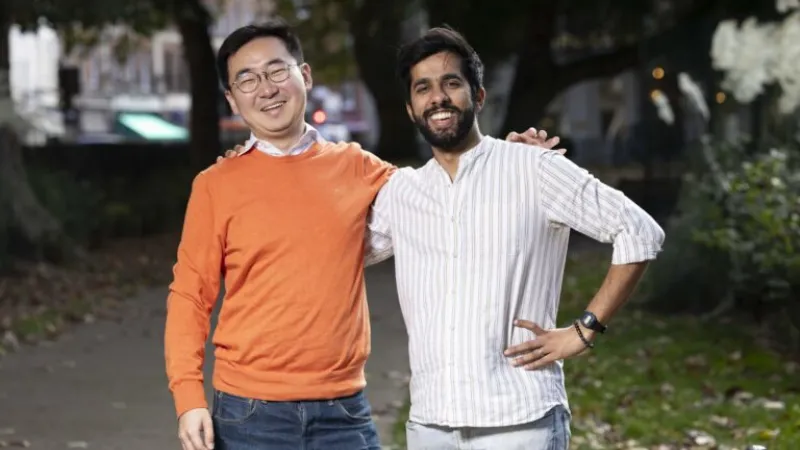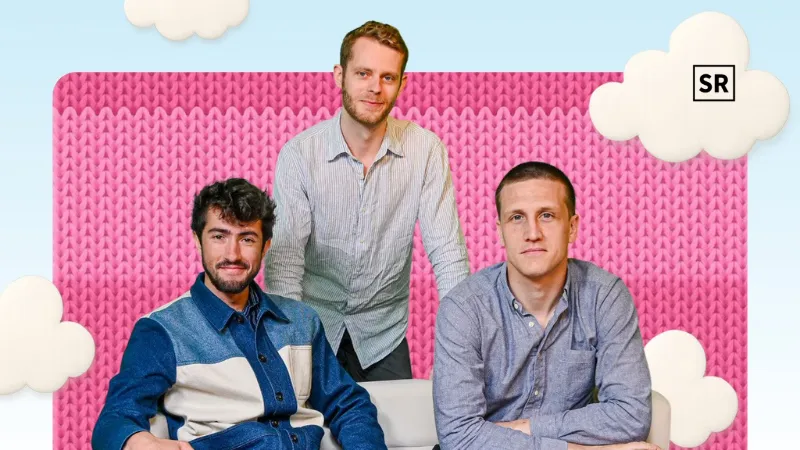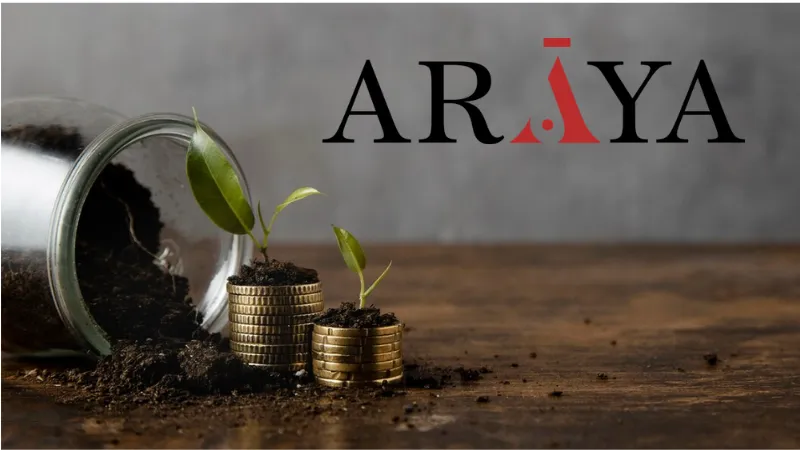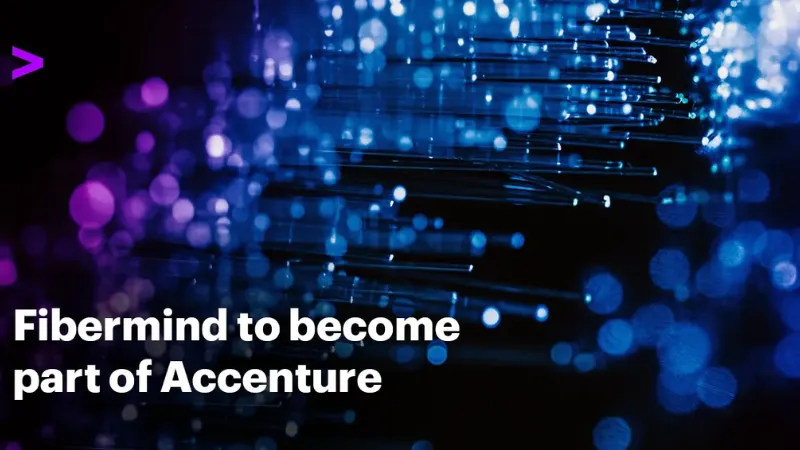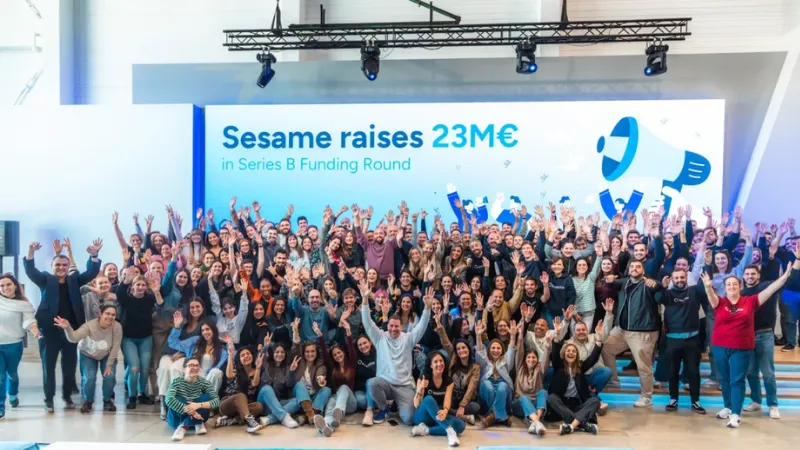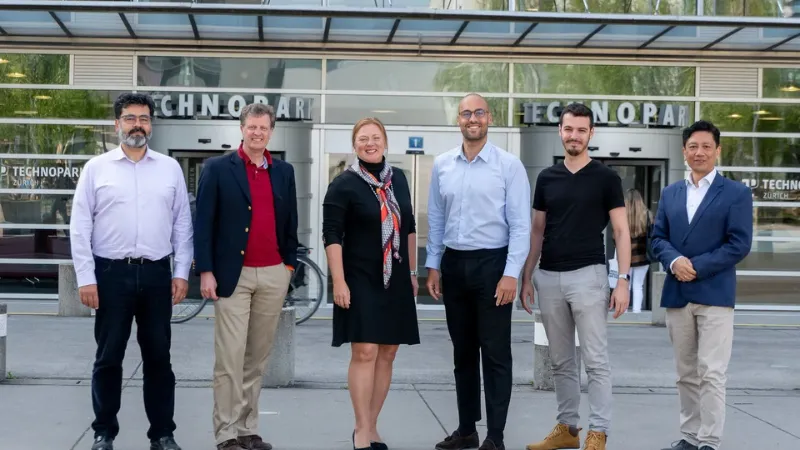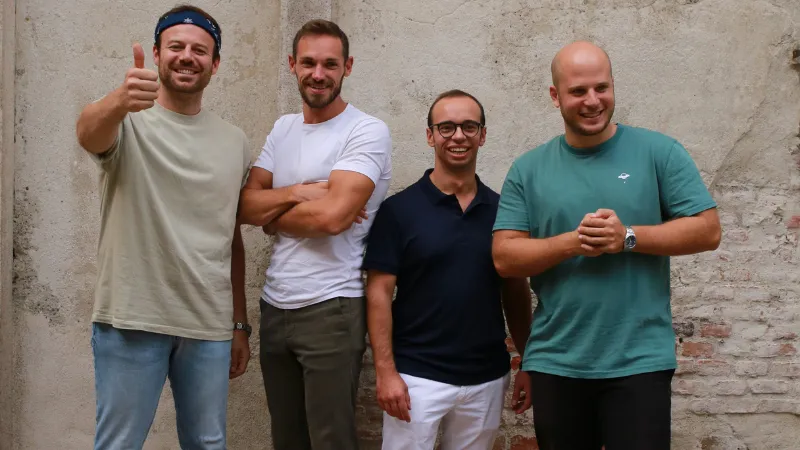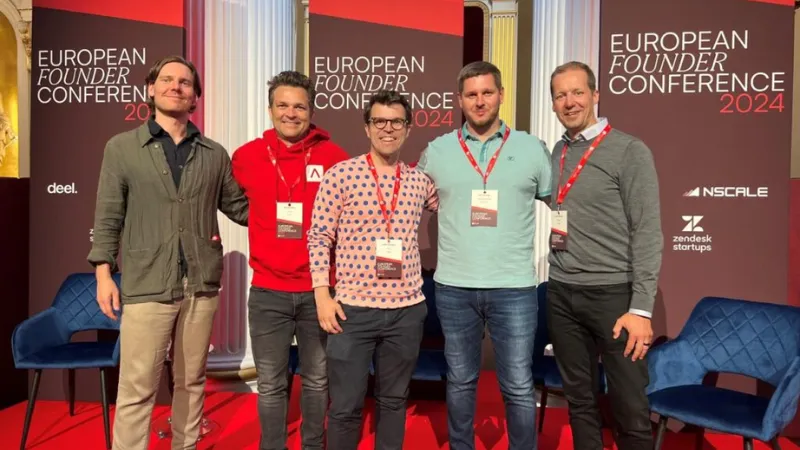Amsterdam’s SeaO2 And Partners Receive €1.6M To Turn Seawater And CO₂ Into Sustainable Aviation Fuel
Jul 16, 2025 | By Kailee Rainse
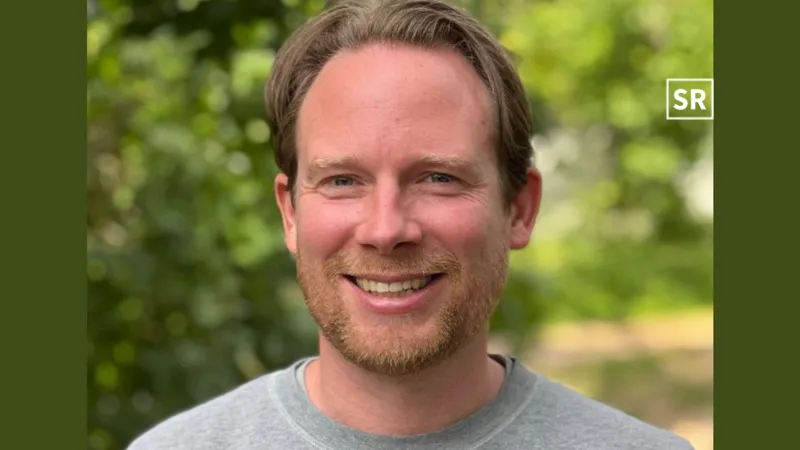
Amsterdam-based SeaO2, in collaboration with TU Delft, University of Twente, and NERA, has secured €1.64 million in funding from the TKI Energy and Industry programme.
SUMMARY
- Amsterdam-based SeaO2, in collaboration with TU Delft, University of Twente, and NERA, has secured €1.64 million in funding from the TKI Energy and Industry programme.
The funds will be used to develop a decentralised process for producing sustainable aviation fuel (SAF) using seawater, renewable electricity, and captured CO2—without relying on biomass or fossil fuels.
The project brings together CO2 capture, electrochemical conversion, and catalysis to create a cleaner method for fuel production.
Read Also - Germany’s GIGA.GREEN Raises €25M Funding From Ichigo Inc.
RECOMMENDED FOR YOU
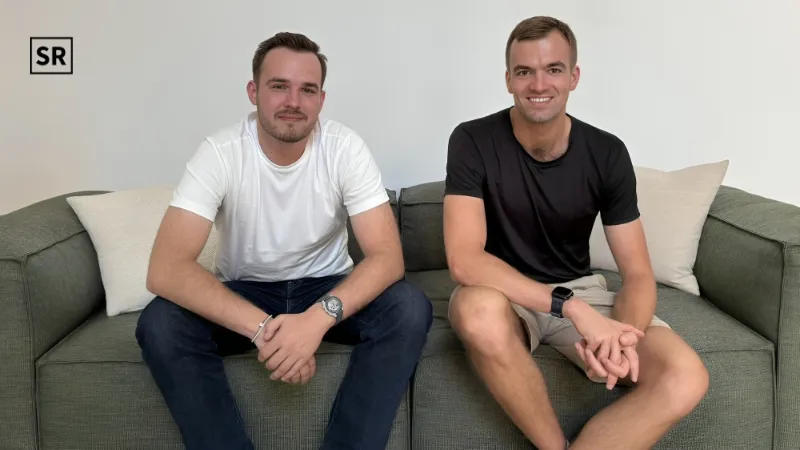
Lyceum Secures €10.3 Million To Redefine Cloud Infrastructure In Europe
Kailee Rainse
Jun 24, 2025
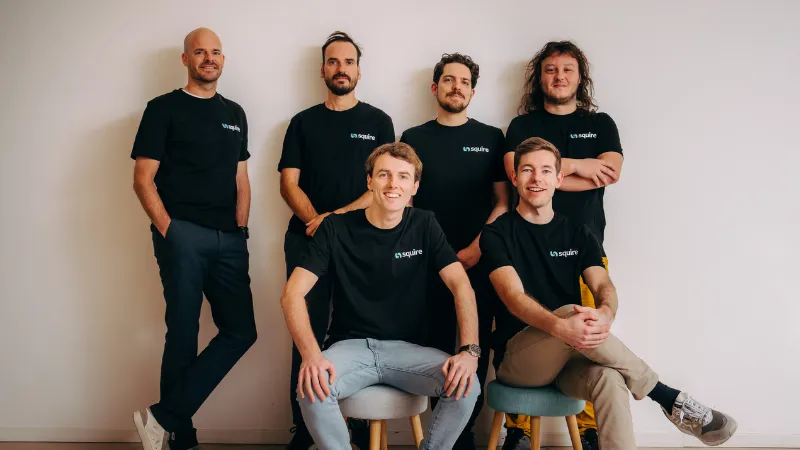
Squire news – Squire Automates Administration for General Practitioners
Kailee Rainse
Jan 20, 2025
The project aims to develop a new method for producing aviation fuel using seawater and captured CO2. It begins by outlining system requirements, use cases, and technical standards for a viable water-to-e-SAF (electro-sustainable aviation fuel) pathway.
The next step focuses on enhancing SeaO2 electrochemical technology to extract CO2 from seawater and produce hydrogen from ultrapure water. This CO2 is then converted into alcohols and olefins—key components of aviation fuel—using advanced reactor designs and catalysts.
Finally, a techno-economic analysis will evaluate the cost-effectiveness and scalability of the full process, comparing it with traditional kerosene-based fuel.
Built on research from Delft University of Technology and Wetsus, SeaO2’s system runs entirely on electricity, with no need for chemicals or external feedstock. It’s designed to be compact, modular, and aligned with net-zero goals—offering a scalable solution for ocean-based carbon removal.
SeaO2 is scaling its Direct Ocean Capture (DOC) technology through a modular system that’s easy to integrate and designed for large-scale use. These units can be installed in industries that already pump water—like thermal power, desalination, and aquaculture—helping reduce costs by sharing infrastructure.
Looking ahead to the 2030s, SeaO2 plans to convert old oil and gas platforms into offshore DOC hubs. These would pair with offshore wind power and geological storage. The captured CO2 could either be stored permanently or reused to produce fuels and chemicals.
SeaO2 views captured CO2 not as waste, but as a valuable resource. The carbon can be directly used in industries like food, beverages, packaging, and agriculture, or converted into useful products such as methanol, ethylene, alcohols, formic acid, formate, syngas, and urea. These applications help lower emissions in hard-to-decarbonize sectors.
About SeaO2
Founded in 2021 by Ruben Brands and David Vermaas, SeaO2 aims to reduce CO2 levels in the ocean, which helps lower atmospheric CO2. The company plans to remove 1 gigaton of CO2 by 2045 using a method called Direct Ocean Capture. This process runs seawater through an electrochemical system that extracts CO2, then returns the treated water to the ocean so it can absorb more CO2 from the air.


 Follow us
Follow us Follow us
Follow us